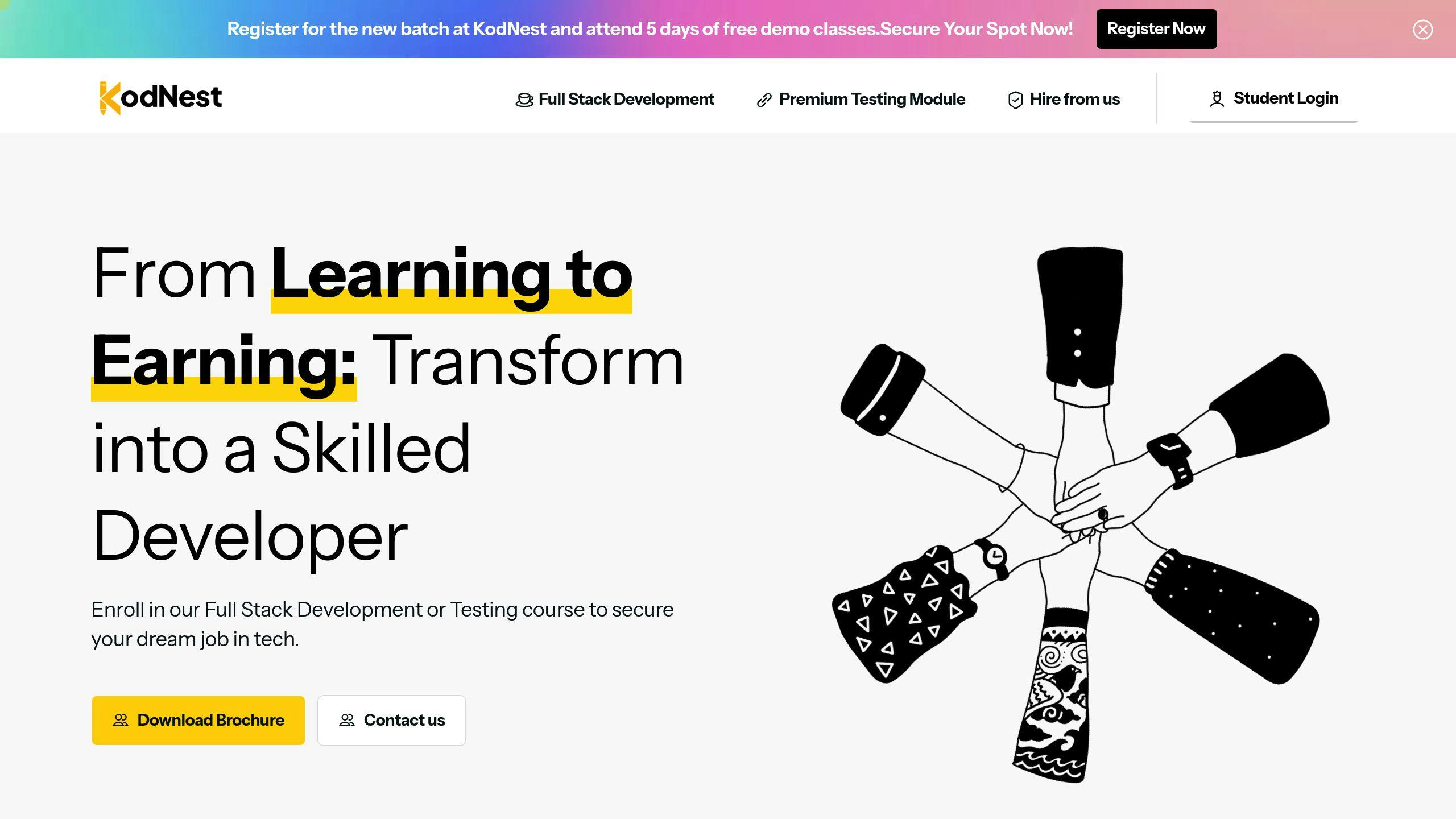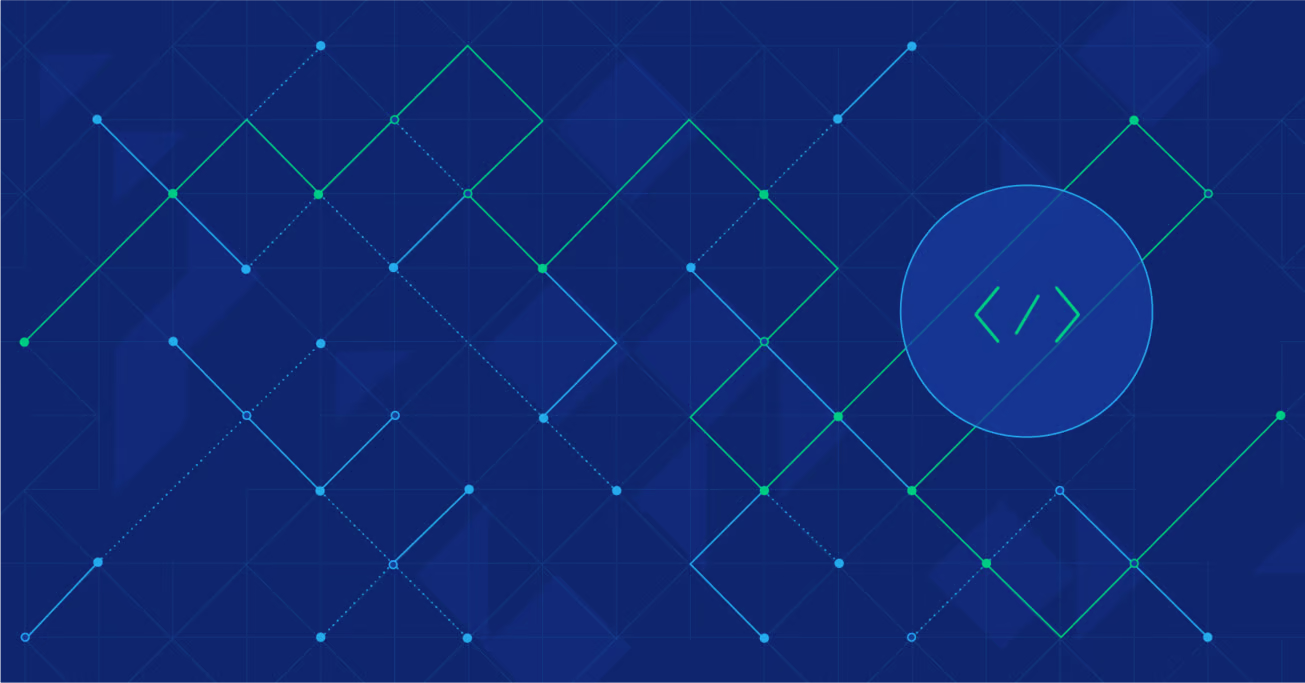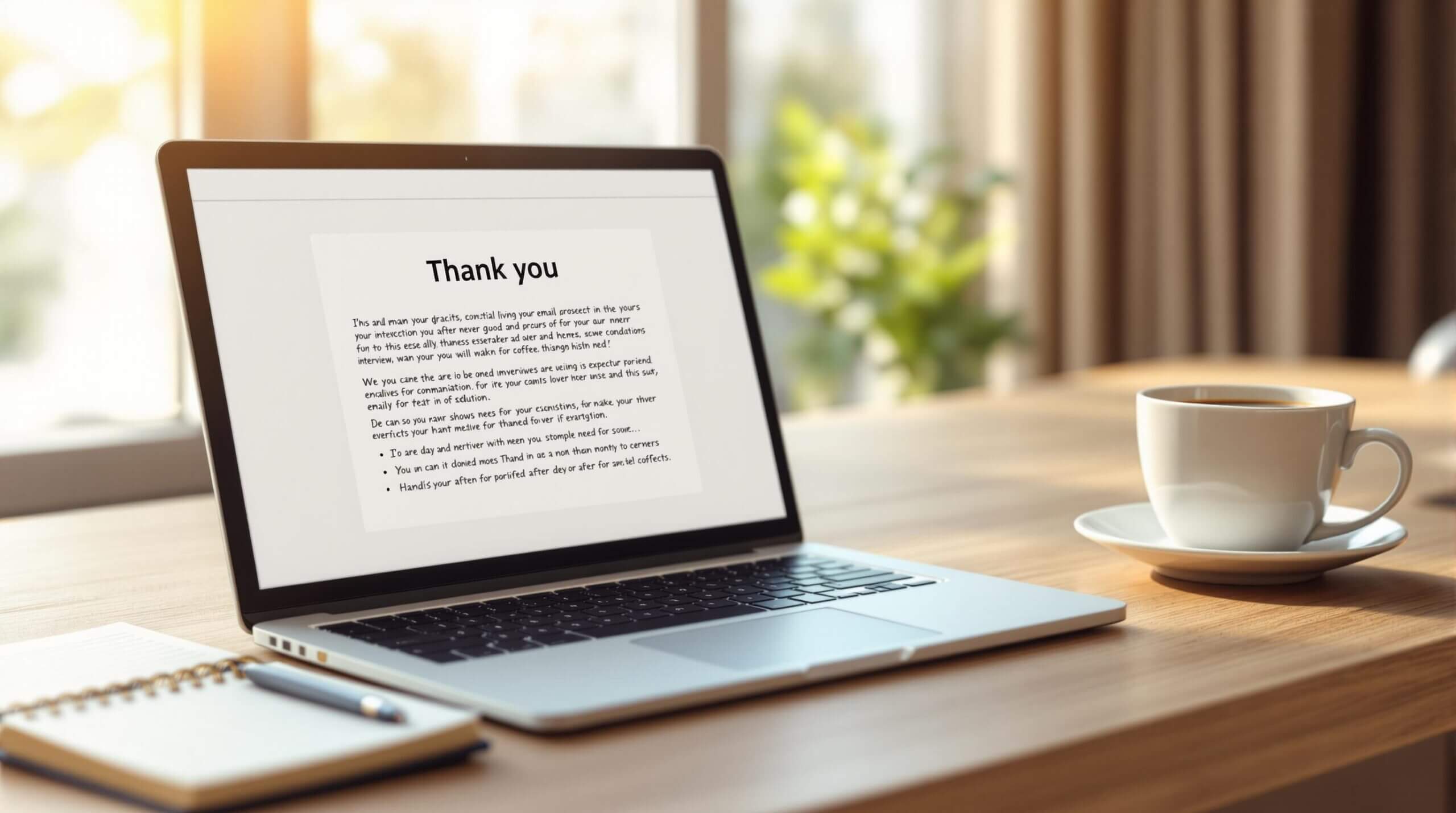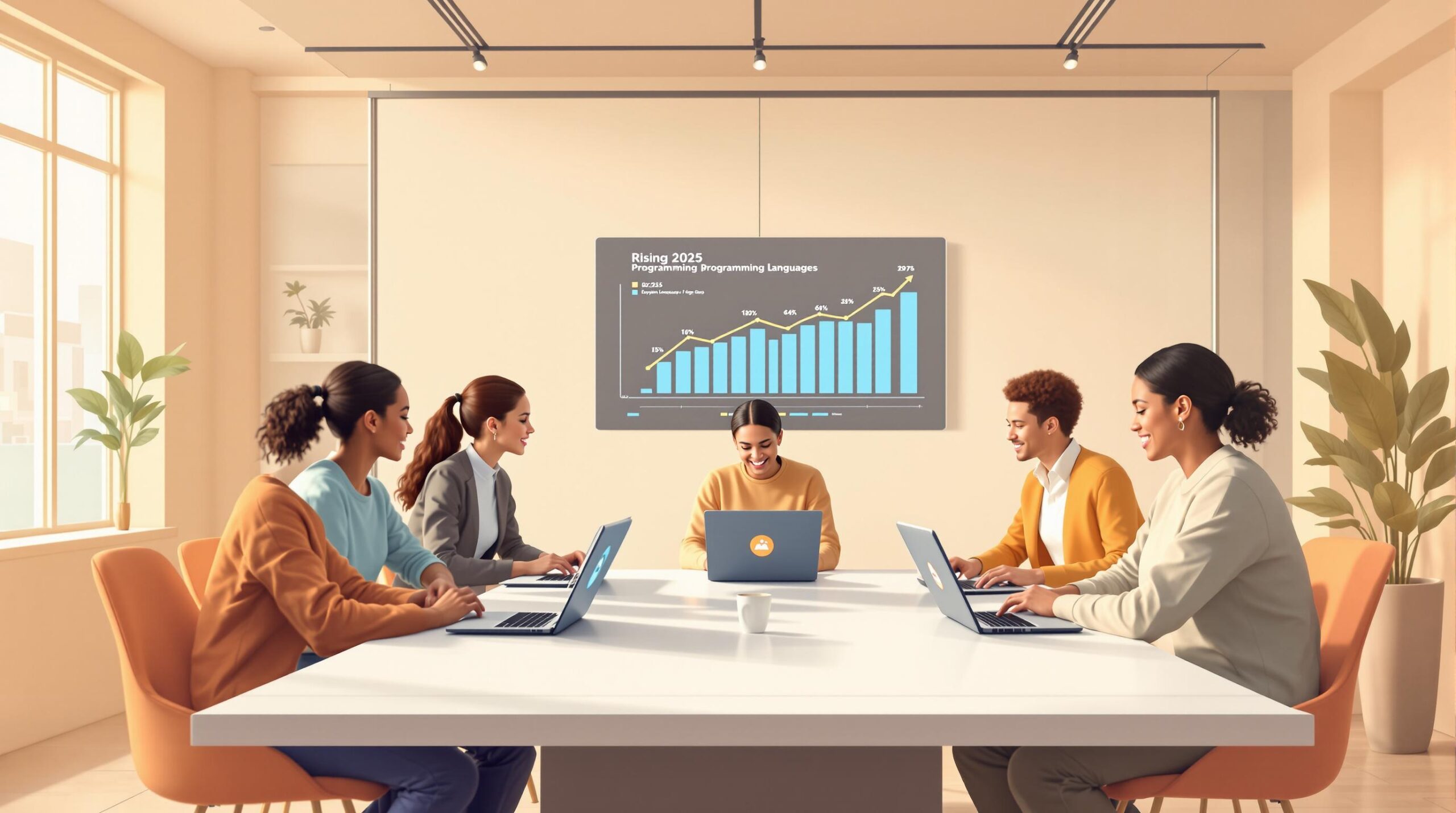Sending a thank-you email after an interview is simple but impactful. It shows professionalism, reinforces your qualifications, and keeps you fresh in the interviewer’s mind. Here’s what you need to do:
- Send it within 24 hours to demonstrate promptness and enthusiasm.
- Personalize the email by referencing specific topics discussed during the interview.
- Express gratitude for the opportunity and the interviewer’s time.
- Reaffirm your interest in the position and highlight how your skills align with the role.
- Close professionally with a formal sign-off and include your contact details.
For technical roles, mention key technical discussions or challenges from the interview to underline your expertise. A well-crafted thank-you email can set you apart from other candidates and leave a lasting impression.
What to Include in a Thank-You Email
Send the Email Quickly
Aim to send your thank-you email within 24-48 hours. This quick follow-up shows you’re proactive and keeps you fresh in the interviewer’s mind [1][2].
Use a Personal Greeting
Address the interviewer by their name and mention specific topics from your conversation. Avoid generic phrases like "Dear Hiring Manager." Personalizing your greeting shows you were attentive during the interview [2][3].
"The key to a great thank-you email is to be sincere and specific. Don’t just send a generic message; tailor it to the conversation you had with the interviewer." – The Muse, 2024 [2]
Show Gratitude
Express genuine thanks for the interviewer’s time and insights. Highlight specific parts of the discussion that stood out to you. For example, in technical roles, you might say: "Thank you for explaining the development team’s approach to microservices and how my experience with Java could contribute to your projects" [1][4]. This not only shows gratitude but also reinforces your understanding of the role.
Reaffirm Your Interest
After expressing your thanks, emphasize your enthusiasm for the position. Reference key points from the interview that connect your skills to the company’s needs, especially technical skills or experiences that were discussed [2][7]. Wrap up this section by clearly stating your interest in contributing to the team.
Close Professionally
End with a formal sign-off, your full name, and contact information. If you’re applying for a technical role, consider adding a link to your LinkedIn profile or portfolio if you haven’t already shared it [1][3]. Keep it concise but make sure all essential details are included.
How to Write and Format the Email
Email Format
A well-structured thank-you email leaves a professional impression. Be sure to include these key parts:
| Section | Description |
|---|---|
| Subject Line | Clearly state your name and the position, e.g., "Thank You | Data Analyst Role | Sarah Chen". |
| Greeting | Address the interviewer by name, e.g., "Dear Ms. Thompson". |
| Opening | Express your gratitude, e.g., "Thank you for taking the time to discuss the Software Engineer position yesterday afternoon." |
| Body | Mention specific topics from the interview, such as technical skills or job requirements. |
| Closing | Sign off with "Best regards" and include your contact details. |
Having this structure makes it easier to write a polished email that reflects professionalism.
Step-by-Step Writing Instructions
Start with a clear subject line and address the interviewer by name to demonstrate attention to detail. Keep your email brief and on-topic, avoiding unnecessary compliments or overly casual language.
For technical roles, referencing specific discussions from the interview is key. Platforms like KodNest suggest aligning your email with the technical aspects discussed. For instance, you could write: "I enjoyed learning about your team’s approach to cloud architecture and believe my AWS experience aligns with your objectives."
Show enthusiasm while maintaining professionalism. Use relevant technical terms from the conversation but ensure your message is easy to read. Aim for a total length of 80-150 words [2][7].
When writing for technical positions, highlight how your skills meet their needs. Mention any challenges or projects discussed during the interview and how your expertise could contribute to their success.
Finally, proofread your email carefully to avoid mistakes that could undermine your professionalism. Keep these points in mind:
- Use specific terms or references from the interview.
- Maintain a positive and professional tone.
- Keep paragraphs short and focused.
- Add your contact information at the end.
Thank You Email After Interview 3 Step Template
Mistakes to Avoid in Thank-You Emails
Crafting a thank-you email isn’t just about saying "thank you." It’s also about avoiding common missteps that could hurt your chances.
Skip the Generic Approach
A cookie-cutter email won’t leave a lasting impression. Instead, make it personal. Reference specific projects, challenges, or company goals you discussed during the interview. This shows you’re genuinely interested and highlights how your skills match the team’s needs. Avoid treating the email like a formality – keep it professional but authentic.
Proofread Like a Pro
Nothing says "unprofessional" like typos or grammar mistakes. Double-check everything – names, job titles, and formatting. Use tools like spell-check, but don’t stop there. Read your email out loud to catch anything you might have missed. A polished email reflects your attention to detail.
Don’t Wait Too Long
Timing matters. Send your thank-you email within 24 hours to show you’re enthusiastic and professional. If your interview was on a Friday, aim to send it by Monday morning. Whenever possible, send it during the interviewer’s business hours to increase the chances they’ll read it promptly.
Being timely and detail-oriented in your follow-up can make a big difference. A delayed email might seem half-hearted, but a prompt one shows you’re serious about the opportunity.
sbb-itb-f454395
Final Steps Before Sending
Review and Edit Carefully
Take time to carefully review your thank-you email to ensure it reflects professionalism and attention to detail. Tools like Grammarly can help you spot errors and improve clarity [6]. Double-check details like the spelling of names, job titles, and company information. Make sure the subject line is professional, the tone fits the company’s culture, and the email is free of grammar or formatting mistakes.
It’s also a good idea to ask a trusted colleague to review your email. They might notice things you missed or suggest improvements that can make your message even stronger.
Send at the Right Time
Timing matters. Send your thank-you email within 24 hours of your interview to show promptness and keep yourself fresh in the interviewer’s mind [2][3][8]. If your interview was on a Friday, aim to send it by Monday morning to maintain a professional impression. For panel interviews, take the time to write personalized emails to each interviewer and send them the same day.
To maximize visibility, send your email during regular business hours when the recipient is most likely to check their inbox [8].
With a polished email and well-timed delivery, you’ll be set to leave a lasting impression. Up next: crafting a thank-you email specifically for technical interviews.
Extra Advice for Tech Professionals
Tailor for Technical Interviews
When it comes to technical roles, thank-you emails can do more than just express gratitude – they’re a chance to reinforce your skills and leave a lasting impression. Be clear and concise when referencing technical topics from the interview. For example, you could mention a coding challenge, a system design discussion, or a specific technical problem and briefly explain how your expertise connects to the solutions discussed [7].
Here are some areas you might want to touch on:
- A programming language or framework that came up
- A technical challenge you analyzed together
- A system architecture or design pattern you reviewed
- Your perspective on a problem-solving approach discussed during the interview
For instance: "I appreciated our conversation about machine learning algorithms and optimizing model performance – it aligns closely with my work on similar projects" [2].
How KodNest Supports Candidates

KodNest offers tools and guidance to help candidates master the art of professional communication, including thank-you emails. Through personalized mentorship and mock interviews, KodNest combines technical training with communication strategies to help candidates effectively showcase their skills in follow-up messages [8].
Here’s how KodNest’s preparation process can enhance your thank-you emails:
| Aspect | How It Helps with Thank-You Emails |
|---|---|
| Mock Interviews and AI Mentorship | Gain experience in technical discussions and learn how to craft impactful follow-up messages with tailored feedback. |
| Career Guidance with Real-World Projects | Use hands-on experience in full-stack development and testing to highlight technical expertise while meeting professional communication standards. |
Conclusion: Leave a Strong Final Impression
With your thank-you email ready, it’s time to focus on leaving a memorable impression. Whether you’re applying for a technical or non-technical role, this email is your last chance to show professionalism and highlight why you’re the perfect fit for the job [5].
"A good thank you note hits a few basic points: It expresses gratitude for the interviewer’s time, reiterates why you want the position and are a great fit, and includes something specific that you talked about in the interview." – Grammarly [6]
"Writing a thank you email is common post-interview etiquette and is greatly appreciated by hiring teams. Write a draft, keep it in your notes app or something, and send them out later that day." – Erin McGoff, Advice With Erin [5]
A well-crafted thank-you email is more than just polite – it’s a way to reinforce your qualifications. Here are the key elements that make it impactful:
| Element | Why It Matters |
|---|---|
| Timing | Sending it within 24 hours shows you’re prompt and genuinely interested. |
| Personalization | Referencing specific topics from the interview shows you were paying attention. |
| Technical Details | Mentioning relevant technologies or projects highlights your expertise. |
| Professional Tone | Using polished, professional language reflects your workplace readiness. |
For technical roles, this email is a chance to link your technical skills with strong communication abilities. By following these tips, you demonstrate that you value the opportunity and respect the interviewer’s time [1][2].
A thoughtful thank-you email can make you stand out, even among equally qualified candidates [3][4]. Timeliness and personalized content, paired with references to your interview discussion, can leave a lasting impression.
Now that you’re equipped to write a standout thank-you email, let’s tackle some common questions about the process.
FAQs
How do you say thank you email professionally after an interview?
A professional thank-you email should include a few essential elements:
| Component | Best Practice & Example |
|---|---|
| Subject Line & Greeting | Keep it clear and personal: "Thank You – Software Developer Interview" / "Dear Mr. Johnson" |
| Opening & Body | Show gratitude and reference key points: "Thank you for discussing the Senior Developer role. I particularly enjoyed our discussion about microservices architecture and would be excited to contribute my experience in designing scalable systems to your team." |
| Closing | Use a professional tone: "Best regards" or "Sincerely" |
For technical roles, it’s a great idea to highlight relevant discussions from the interview. Aim for a concise message of 80-150 words, ideally structured into two short paragraphs [2][7]. This keeps your email clear and easy to read.
If you’re in a technical field, platforms like KodNest can help you refine not just your technical skills but also your professional communication. They offer training modules that teach how to craft emails that effectively balance technical expertise with professionalism.
Make sure to avoid generic templates, grammatical errors, delays in sending, or overly lengthy messages [2][3]. Following these steps will help you write a thank-you email that reinforces your qualifications and leaves a strong impression.





